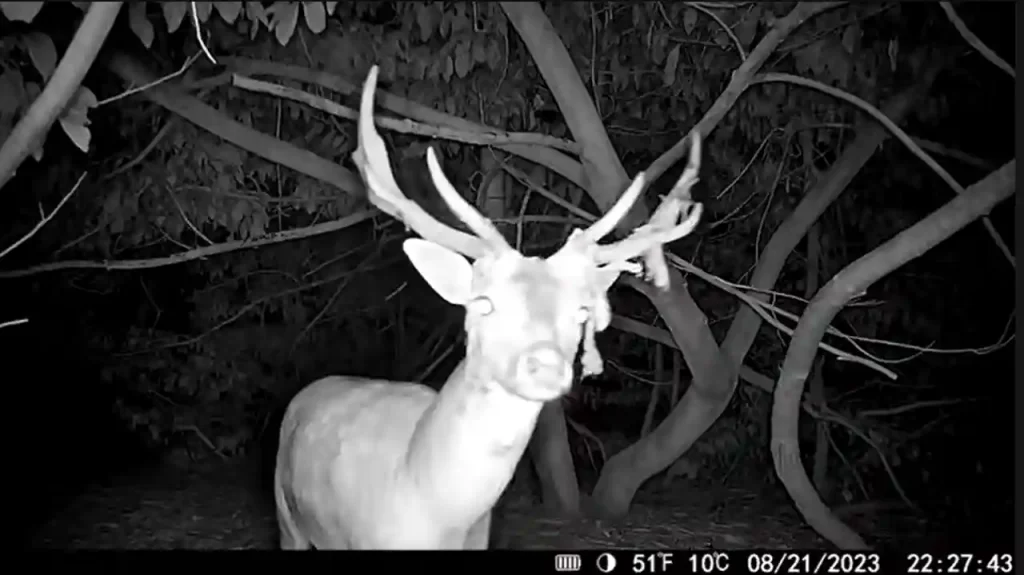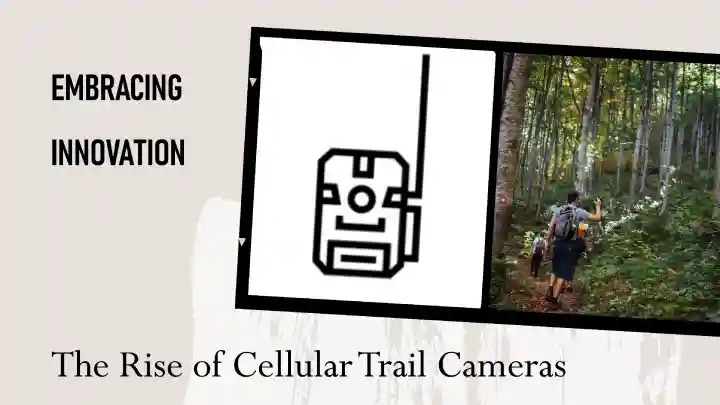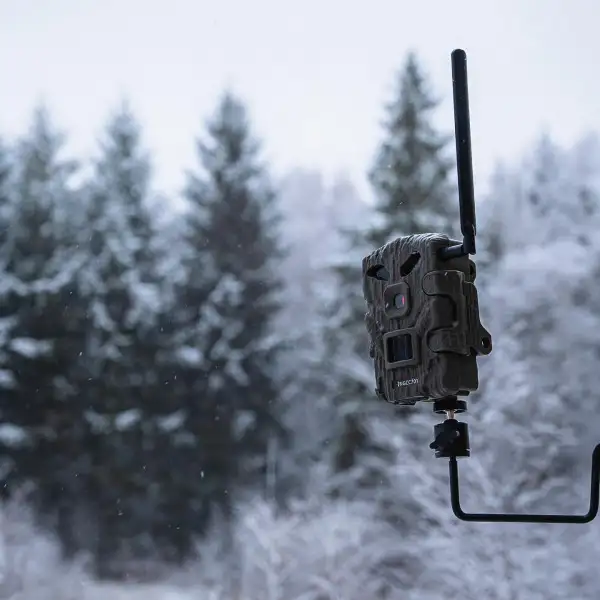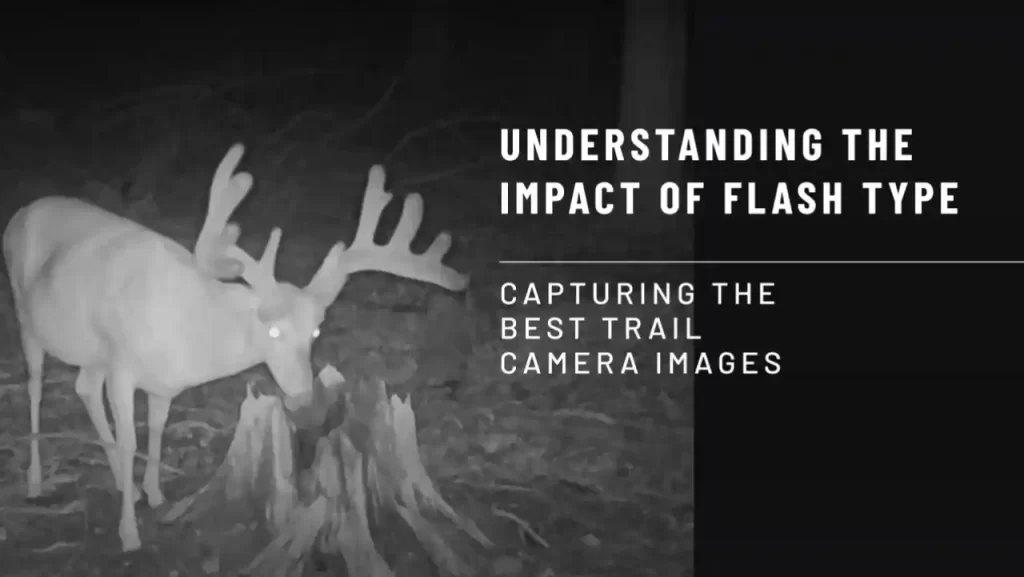The Role of Trail Cameras in Wildlife Observation & Management

In the vastness of the wild, where the intricate web of nature weaves silently away from human eyes, trail cameras stand as silent sentinels. They bridge the gap between our curiosity and the untamed world, providing valuable insights into the lives of wildlife. Let’s delve into the pivotal role trail cameras play in wildlife observation and management.
Trail Camera Flash: Unveiling the Best Choice for Deer Hunting

In the realm of deer hunting, trail cameras have become indispensable tools, offering a glimpse into the secretive world of these elusive creatures. However, with the advancement of technology, a crucial question arises: which type of trail camera flash is best suited for capturing these majestic animals without disturbing their natural behavior?
Embracing Innovation: The Rise of Cellular Trail Cameras

In recent years, the hunting and wildlife observation communities have witnessed a significant technological advancement that revolutionized the way we scout game and monitor wildlife: the cellular trail camera. This marvel of modern tracking has taken wilderness exploration and data collection into the digital age. Let’s connect with nature like never before.
Cellular Trail Cameras: Top 10 Things You Must Know

As technology evolves and the number of cellular trail cameras and brands on the market grows and become more feature rich, it can be confusing to choose the right one. It may take a lot of time for the user to pick and compare. In this article, we will discuss the top 10 things you must know before buying a cellular trail cameras.
Optical Imaging Principles of Depth of Field(DOF)

The range of distance between the front and rear of the subject measured by the camera lens or other imager front to obtain a clear image of the image. Commonly speaking, that is, the object being photographed at the focus point plane of the scene, in the film will form a clear image, in front of the focus plane somewhere to its rear somewhere there is a range, the scene within which can form a clear image, this range is called depth of field
How does the flash type affect the quality of the images captured by a trail camera?

Trail camera flashes—white, low-glow IR, and no-glow IR—affect night images. White flash offers vivid color but may startle wildlife. Low-glow IR provides decent black and white images with slight visibility, while no-glow IR is most discreet, suitable for covert use but yields grainier images. Each balances clarity with stealth.
